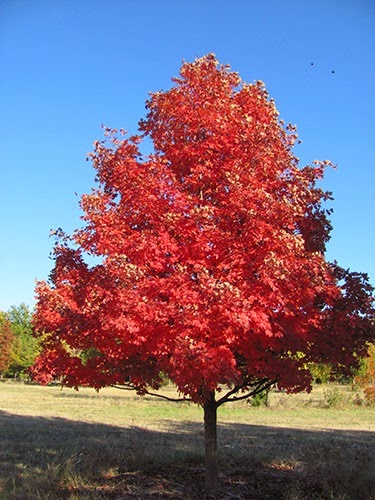Practicing Gratitude as a New Year's Resolution
Each year many of us make New Year’s resolutions to lose weight, eat healthier, or exercise more. This year I’m going to try something different. My New Year’s resolution will be to practice gratitude. I think the following article from KidsHealth.org really sums it up.
3 Ways to Practice Gratitude

Everyone can benefit from making an effort to practice gratitude every day. These 3 steps can help you start feeling more grateful, and appreciative of the good things in your life:
- Notice good things, look for them, appreciate them.
- Savor, absorb, and really pay attention to those good things.
- Express your gratitude to yourself, write it down, or thank someone.
Start to notice and identify the things you are grateful for. Tune in to the small everyday details of your life and notice the good things you might sometimes take for granted.
Try these ideas:
- Each day, think of 3 things you are grateful for. Nature. People. Community. Shelter. Creature comforts like a warm bed or a good meal. It’s amazing what you notice when you focus on feeling grateful.
- Start a gratitude journal. Making a commitment to writing down good things each day makes it more likely that we will notice good things as they happen.
- Practice gratitude rituals. Some people say grace before a meal. Pausing in gratitude before eating doesn’t have to be religious. It’s a simple habit that helps us notice and appreciate the blessing of food on the table.
Savor the Feeling of Gratitude
There are moments when you naturally, right then and there, feel filled with gratitude. These are moments when you say to yourself, “Oh, wow, this is amazing!” or “How great is this!”
Pause. Notice and absorb that feeling of true, genuine gratitude. Let it sink in. Savor your blessings in the moment they happen.
Express Gratitude
Expressing gratitude is more than courtesy, manners, or being polite. It’s about showing your heartfelt appreciation. When you thank someone, you’re also practicing the first two gratitude skills: you’ve noticed something good, and you’ve genuinely appreciated it.
Try this:
- Show your appreciation to someone who did something nice. Say “it was really kind of you to. . . .,” “I really appreciated it when you taught me. . . ,” or “Thank you for being there when. . .” You also can write your gratitude in a letter.
- Express gratitude by doing a kindness. Gratitude might inspire you to return a favor, or act with kindness or thoughtfulness. Or you might see a situation when you can “pay it forward.” Hold the door open for a person behind you, even if it means waiting a little longer than you normally would. Do someone else’s chores without letting the person find out it was you. Notice how you feel afterward!
- Tell people in your life how you feel, what they mean to you. You don’t have to be mushy or over-the-top. We all have our own style. But if you say what you feel in the right tone at the right moment, even a simple, “Mom, good dinner. Thanks!” means a lot.
Source: http//kidshealth.org
Happy New Year to each of you and thanks so much for being a follower of our Post Rock Extension Blog!
Nadine Sigle is a Family and Consumer Sciences Agent with the Post Rock Extension District in north central Kansas.
photo credit: Cocoabiscuit via photopin cc







